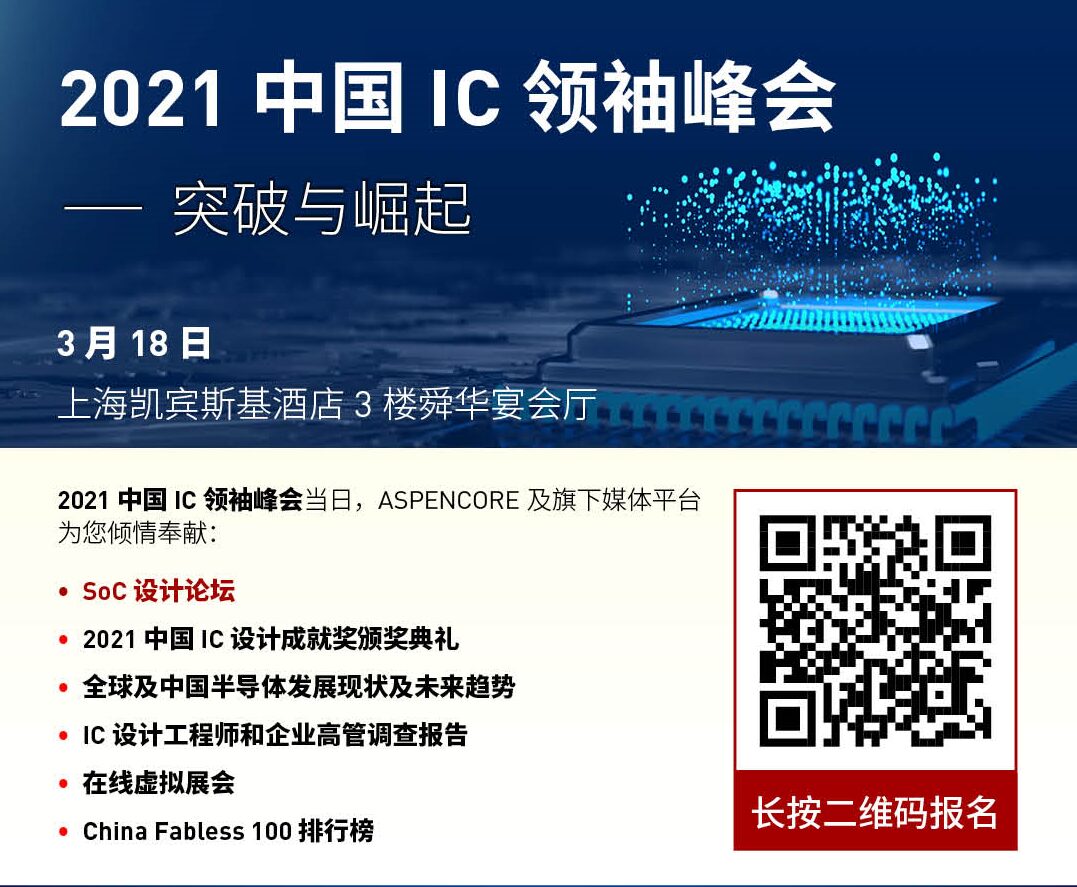
Click the image to participate in the 2021 China IC Leaders Summit
Author:Huang Yefeng
EET Electronic Engineering Magazine Original
There was a distant legend in the early years, the ARM1 microprocessor designed by the British Acorn Computers was born in the 1980s. The ARM1 chip was subsequently used as a coprocessor in the BBC Microcomputer, which was part of the BBC Computer Literacy Project research and development project and was not commercialized at that time.
It is said that the prototype of this chip ran smoothly during the first test, but the ammeter showed no reading. It turned out that the chip was not powered at all; how did it run? It turned out that this chip obtained power from the leakage current of the test board I/O—its low power consumption was unexpected. Acorn originally set the ARM1 as a low-power chip with a power setting of 1W, but the actual average power consumption was less than 100mW.

Source: Twitter @kenshirriff
This little “accident” should have laid a legendary foundation for ARM’s development in the low-power chip field. The company ARM has since developed, seems to always revolve around “low power”—early on, this low power was not valued until now when there are so many battery-powered devices, smartphones, wearables, and various IoT devices, which massively use ARM architecture chips.
On March 18, at the 2021 China IC Leaders Summit held by Aspencore in Shanghai, Wu Xiongang, Executive Chairman and CEO of Arm Technology (China), will speak on the topic of “Carrying the New Era of Large Computing Platforms” to discuss ARM’s broader development beyond the low-power field.
Scroll down to learn about the 2021 China IC Leaders Summit

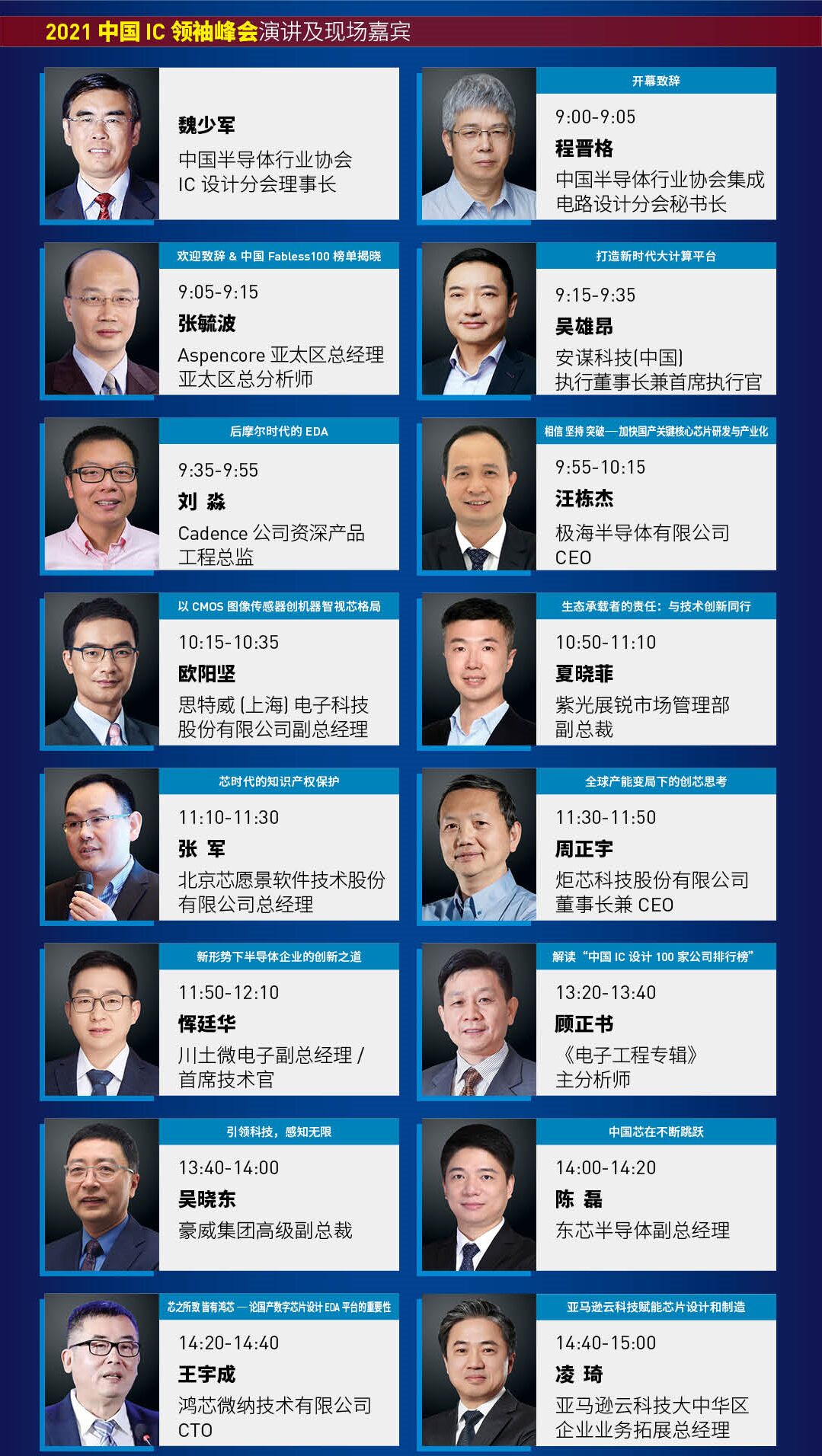
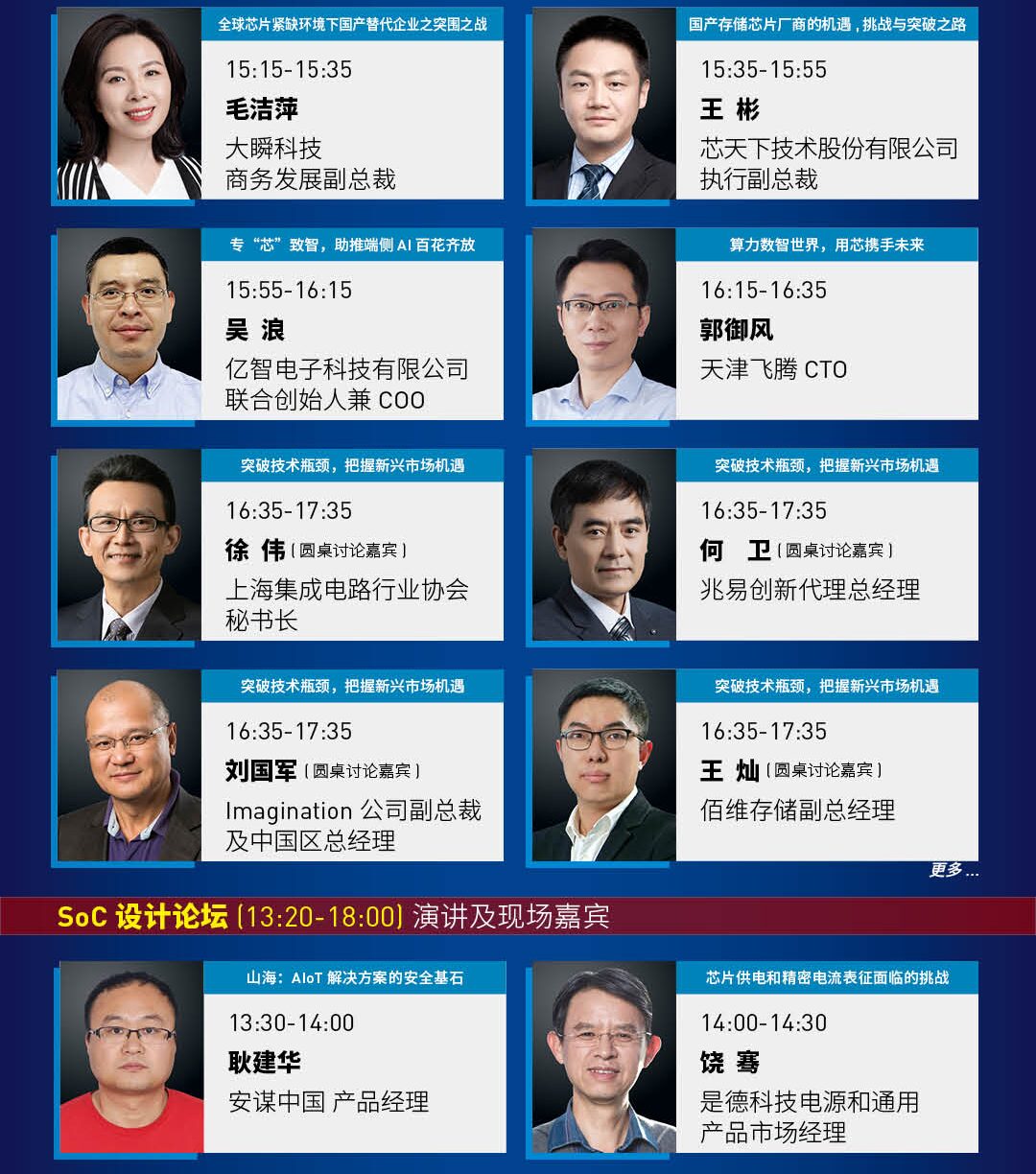
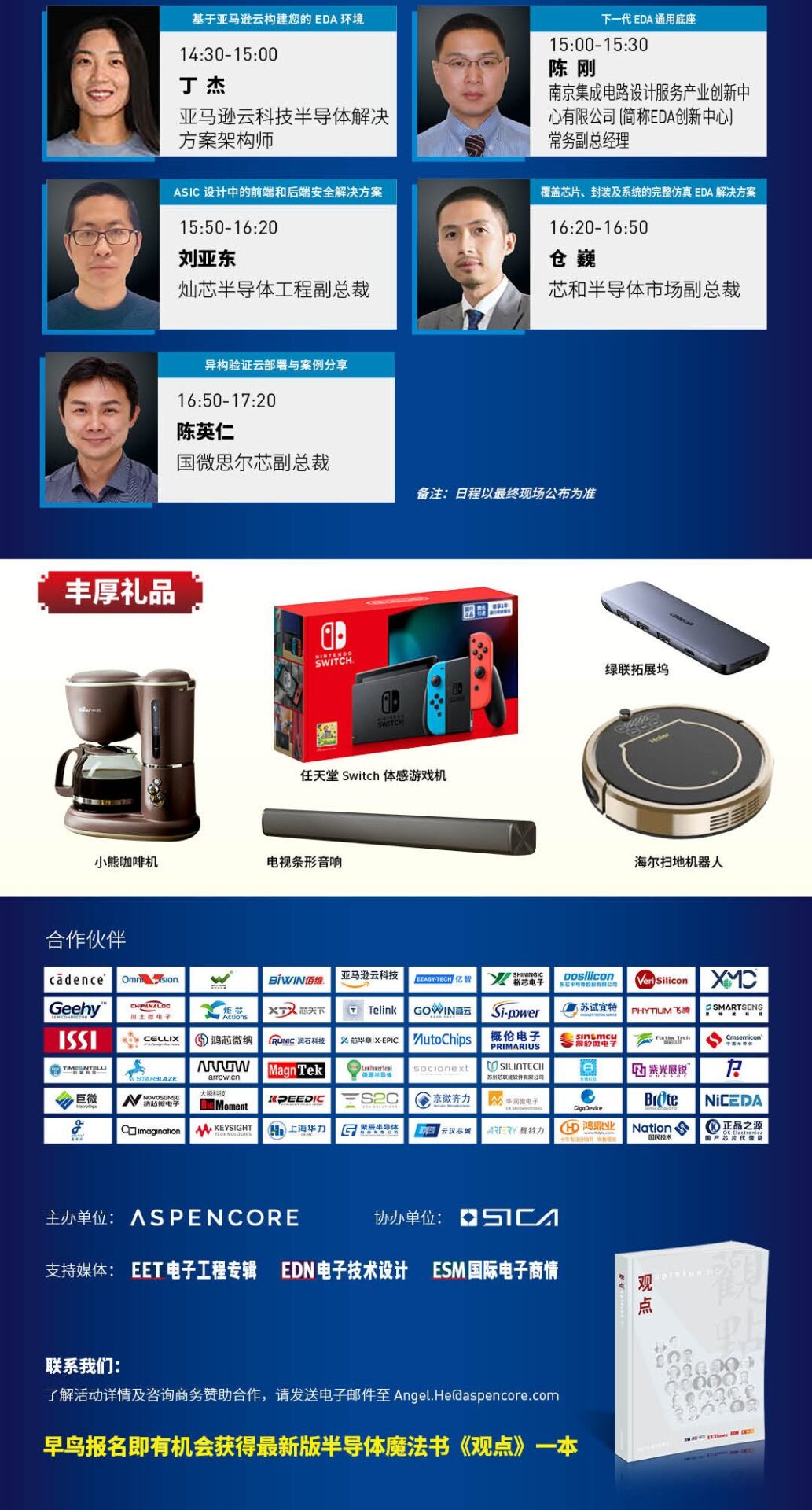
Click here: To communicate face-to-face with more IC design experts.
Before this, let’s review ARM’s exploration and potential in the high-performance field, another aspect of low power. The PC personal computer is a direction ARM has explored for more than a decade before it began to see results. It can be seen how difficult it is to move from low power to high performance. And this first step, which has just begun, is probably already half the success. This article mainly discusses ARM’s more than ten years of attempts from the perspective of PCs.
Microsoft’s “Ambiguous Affair”
The mainstream of modern PCs is represented by macOS and Windows operating systems. If we only discuss the Windows platform for desktop (and server), Microsoft’s operating system has a history of supporting multiple instruction sets. Windows NT 4.0 and subsequent updates supported not only x86 but also PowerPC, DEC Alpha, and MIPS. However, starting from Windows 2000, Microsoft completely abandoned all other platforms outside of x86. The early history of Windows is not closely related to ARM (except for embedded systems like Windows CE), as desktop and server platforms at that time required high performance and were not as sensitive to power consumption as they are now.
The well-known integration of Microsoft and ARM occurred at the CES exhibition in 2011, exactly ten years ago. At the exhibition, Microsoft first showcased the Windows RT operating system (in fact, support for ARM in the NT kernel)—this was a completely 32-bit ARM architecture-based PC operating system, codenamed Windows on ARM (WoA). In October of the following year, Windows RT was released alongside Windows 8. From this point on, Microsoft seemed to be constantly thinking about “putting one foot in two boats”.
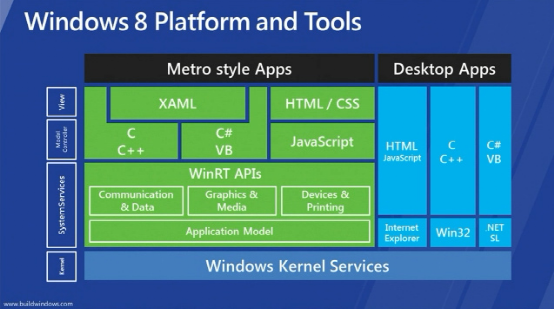
The “RT” in Windows RT stands for runtime. Microsoft’s ideal was to support both x86 and ARM on the Windows RunTime framework (Metro style Apps in the image above). Windows 8 and the then Windows Phone 8 also had such a runtime; this was Microsoft’s early expectation to unify the ecosystem across different platforms. However, the early Windows RT as an operating system only supported ARM applications. Moreover, Microsoft imitated the iOS and Android ecosystems, allowing Windows RT users to only download apps from the app store to achieve comprehensive control over the application ecosystem.
Microsoft also specifically launched Surface devices running the Windows RT system, continuing for two generations. The original Surface used the ARM architecture-based NVIDIA Tegra 3 processor, marking the true beginning of ARM’s entry into the PC ecosystem. However, Microsoft’s indecisiveness regarding the ARM ecosystem, along with the lack of decent applications in the app store and the complete lack of support for traditional x86 applications, quickly led to the demise of Windows RT. Microsoft also suffered a loss of $900 million as a result. (The end of Windows RT was also partly related to Intel’s push for Windows devices under 9 inches at that time.)
The Tegra 3 from 2012 was NVIDIA’s early work in the mobile processor field, and this SoC with a Cortex A9 4+1 design was considered an outlier at that time. At that time, ARM processors being applied to Windows PC devices was a fresh concept, but the ARM architecture processors of that period were not on par with x86 in terms of performance.
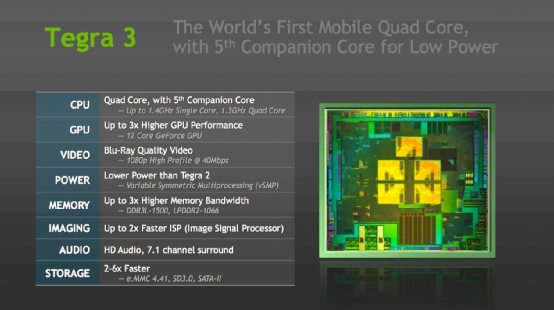
Although Windows RT ended, the runtime it established laid an important foundation for today’s Windows 10 on ARM, which is a matter for another day. In fact, during this period, Microsoft had some similar attempts, such as Windows 10S released in 2017. Although Windows 10S was not positioned as ARM-based, it strictly limited users to download apps only from the Microsoft Store. According to Microsoft, this system was developed for the education market, mainly to compete with Chrome OS netbooks. However, the following year, 10S was abandoned.
These attempts all indicate that Microsoft’s envy of ecosystems like iOS and Android has never stopped. So why would Microsoft, which had been deeply rooted in the x86 ecosystem for many years, express “love” to ARM? I think there are at least a few reasons:
First, the original Windows ecosystem was relatively chaotic. Including poor system security, being suddenly infected with trojans; and the experience of Windows on entry-level hardware was very poor, with a series of Atom netbooks that were really not great, which was inseparable from the bloated Windows ecosystem. Therefore, Microsoft hoped to firmly control the application ecosystem, which is the reason for the emergence of Windows RT and Windows 10S.
Second, shifting to ARM theoretically allows OEM manufacturers to obtain higher profit margins, making companies like Dell and Lenovo more willing to promote it. Moreover, in the new ecosystem, inexpensive devices do not need to bundle a lot of junk software for sale, which can improve user experience.
Third, before the pandemic, the PC industry had been stagnant for a long time, with PC shipments declining year after year; the industry needed a technological boost.
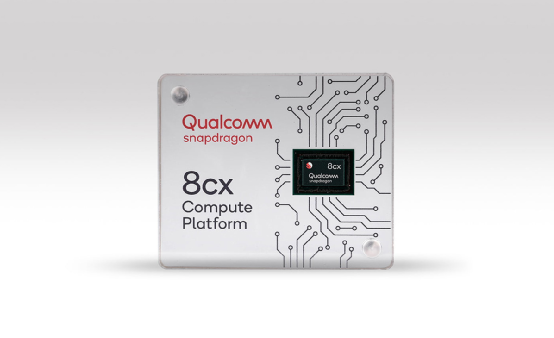
The decline in PC shipments is a huge topic, and the reasons related to this article include the lack of innovation in the PC platform itself, and Intel/AMD’s lack of competitiveness over the past decade. The emergence of smartphones and tablets has also reduced many people’s dependence on PCs, with devices like the iPad Pro being capable of light office work, with battery life, smoothness, and cost-effectiveness far superior to PCs.
Another important reason is that after former CEO Ballmer’s resignation, the new CEO Nadella quickly adjusted Microsoft’s strategy, allowing each product line to develop independently. Therefore, in 2014, Office fully supported iOS, and Microsoft became Apple’s best developer. At the launch of the Apple M1 chip MacBook, Apple called Microsoft “our friend”… As a productivity tool leader, Nadella’s strategy has also significantly impacted PC sales.
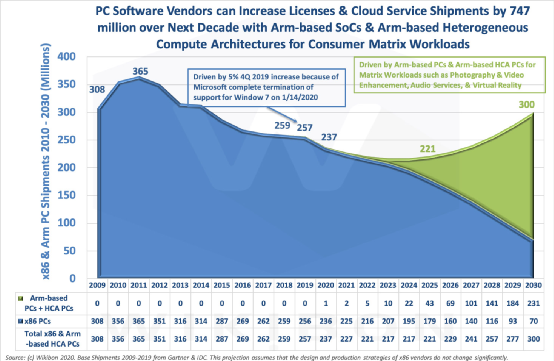
The above chart is a prediction of PC shipment changes made by Wikibon last year. Of course, this prediction did not actually consider the impact of the pandemic on the PC industry (and the impact of chip shortages). However, in the big picture, it is a consensus that ARM can greatly boost PC shipments.
This relates to the fourth point, which is that ARM’s inherent low-power characteristics make it particularly suitable for mobile PC devices like laptops. Laptops based on ARM chips can genuinely last a whole day, which is incomparable to the battery life of x86 laptops. Coupled with Microsoft’s efforts at the system level, and the potential changes in PC device forms (like foldable laptops), the PC experience can reach a new level. The development of ARM chips, especially the leap in performance and gradual improvement of the ecosystem, is another important topic here.
After more than 10 years, it has just begun to come close to the mainstream PC view
In fact, the ARM camp has never given up on entering the PC platform in these 10 years. In addition to the previously mentioned active cooperation between ARM and Microsoft, chip designers like Qualcomm also hope to achieve the PCization of the Android system (the Smartisan TNT by Luo Yonghao received strong support from Qualcomm). However, at least in these 10 years, ARM’s offensive against the PC platform has never truly succeeded.
This is due to multiple reasons. First, the x86 ecosystem is deeply rooted, making it difficult to shake in the short term; second, before Apple’s M1 (and Snapdragon 8cx), ARM indeed did not have a truly competitive PC processor that could match x86 in terms of performance; third, Microsoft’s indecision between the two ecosystems, wanting to embrace ARM while being reluctant to part with the old x86, has also become a significant obstacle to ARM truly boarding the PC ship.
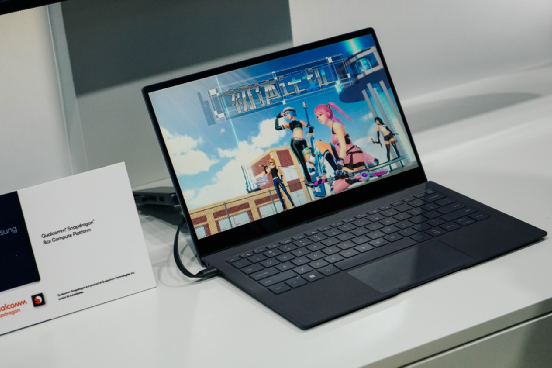
At this year’s MWC Shanghai exhibition, Qualcomm showcased the Snapdragon 8cx laptops, which included not only Microsoft’s own Surface Pro X but also multiple devices from OEM manufacturers like Samsung and Lenovo.
Even now, the third reason still exists. However, as Microsoft continues to collaborate with ARM, the maturity of the new version of Windows 10 on ARM, and the current ARM chips have evolved significantly from those of the past. The first two issues are gradually being resolved. On Microsoft’s side, the experience accumulated from the early Windows RT is valuable.
The Surface Pro X device is the best practice of Windows 10 on ARM. This device uses the Qualcomm 8cx processor, and the experience of the system itself and Microsoft’s official applications (like Office, Edge) is excellent, with battery life far exceeding that of the x86 version of Surface, and the device is fanless, lighter, and thinner. However, due to ecosystem issues, the Surface Pro X has very poor efficiency when running x86 applications, as the x86 to ARM translation cost is high.
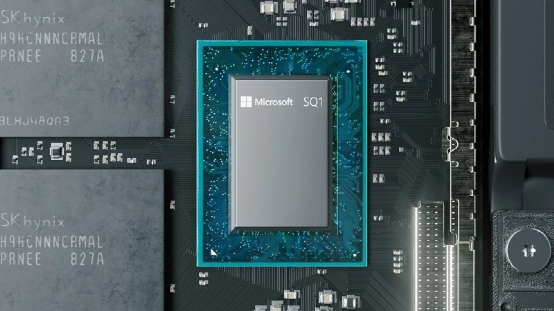
Microsoft SQ1, i.e., Snapdragon 8cx
The overall direction of Windows 10 on ARM remains unchanged, which is to run both x86 and ARM applications on the Windows Runtime framework. It aims to provide a universal API across all ARM and x86 platform Windows devices. This is a very ideal development setup, which Microsoft calls UWP (Universal Windows Platform), not needing to care about the underlying processor architecture. UWP applications will all be available in the official app store. However, even now, there are still very few developers responding to Microsoft’s UWP.
Therefore, for traditional x86 applications, Microsoft has developed an x86 to ARM emulator, allowing many former x86 software to run on ARM-based Windows 10. It must be said that Microsoft’s actions are indeed quite slow, not to mention that the efficiency of the 32-bit application WOW64 emulator is very low—running software like the Adobe suite is almost disastrous; and the 64-bit application emulator has yet to enter the official version, and is still in the Windows preview version channel (reportedly performing well).
However, Windows 10 on ARM is already far more usable than the previous Windows RT. Moreover, at least this time, the efficiency of ecosystem building is slightly higher, for example, Adobe released the ARM version of Lightroom for the Windows platform last December, and the ARM version of Photoshop is also in beta—developers are finally responding more actively than before. Not to mention that when the ARM version of macOS was launched, the main developers almost responded in unison.
On the ARM side, Qualcomm’s Snapdragon 8cx has reached its second generation, which is also the second generation of products developed in collaboration with Microsoft. Its low-power performance speaks for itself, as evidenced by the long battery life of the Surface Pro X. The key is how this chip performs compared to x86 competitors. As we mentioned in the M1 chip analysis article, the actual performance of the Snapdragon 8cx is at best mediocre.
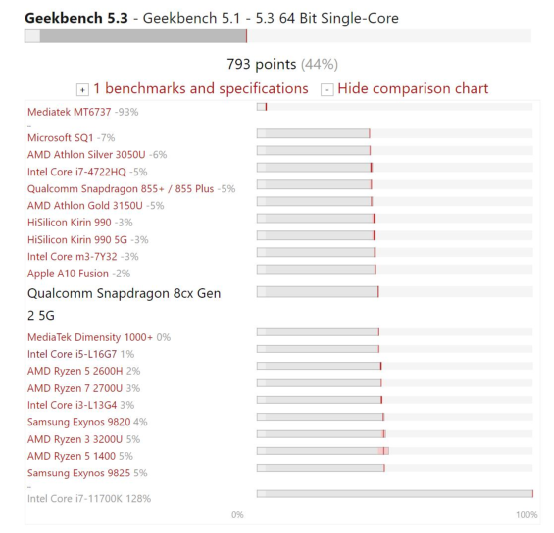
Source: NotebookCheck
However, the Snapdragon 8cx’s power level is only 7W—this power level is at best an enhancement of mobile chips. Achieving single-core performance comparable to Intel LakeField (Core i5-L16G7) at a frequency of 3.15GHz (Cortex-A76) is also within reason. It is worth mentioning that although Geekbench is not a reliable benchmarking tool, looking at the scores from NotebookCheck, the overall level of the ARM camp has indeed improved significantly from the weak state of 10 years ago.
The introduction of Apple’s M1 chip fully confirms that using ARM to achieve high performance for PCs is entirely feasible, while also achieving a power level that surpasses that of the x86 camp.
High-performance expansion beyond PCs
To summarize, ARM’s ability to gradually establish a foothold in the PC market after 10 years is partly due to the change in attitude of operating system suppliers like Microsoft and Apple; and partly due to ARM’s development over the years, which not only maintains low power consumption but also has the capability to compete with x86 in terms of performance—ARM, Apple, and Qualcomm have all made indelible contributions to this development.
In fact, Microsoft’s current attitude towards ARM and x86 remains ambiguous, as evidenced by the existence of the Windows Runtime. This has always been a significant mountain standing in front of ARM. However, Microsoft is planning a new Windows 10X system, which is expected to be launched this year along with some portable hardware.
Windows 10X is a system that attempts to eliminate historical legacy issues while enhancing user experience and security. The system no longer natively supports traditional Win32 applications, but defaults to running these traditional applications in containers. Of course, it also supports the Windows Runtime API. Moreover, it seems that all planned Windows 10X devices are based on the ARM platform, which is not good news for Intel.
Of course, given Microsoft’s traditional indecisiveness, Windows 10X could still become the next Windows RT or Windows 10S. However, from this, we can still see that Microsoft is at least exploring feasible solutions for reorganizing the Windows ecosystem, with ARM likely to be the cornerstone of this solution.
At the same time, Apple has elegantly abandoned the x86 ecosystem, fully shifting its development ecosystem toward its own ARM chips, which has also inadvertently helped accelerate Microsoft’s pivot.
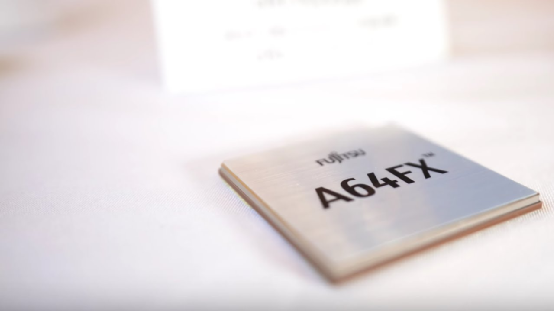
Finally, we can talk about ARM’s expansion beyond PCs. We won’t discuss IoT and more low-power chip markets, as this has always been ARM’s stronghold, such as the Cortex-R series real-time cores for SSD controllers, and the Cortex-M series low-power chips for IoT devices, which are still developing well despite being criticized.
ARM’s impact on the high-performance computing market is not new; previous attempts could not be considered successful. Similar to ARM’s development in the PC market, ARM chips have made new progress in HPC, supercomputing, and data center markets in recent years. Some notable examples include:
For instance, last year Fujitsu launched a supercomputer called Fugaku, which became the new number one supercomputer in the world, with the A64FX chip based on the ARM v8.2A architecture, which has received a very positive market response and is planned to be shipped to cloud suppliers like Amazon, Google, and Microsoft this year. Another example is Amazon’s announcement of its self-developed Graviton2 processor for AWS EC2, which adopts the ARM Neoverse N1 architecture.
Last September, ARM added a V series to the Neoverse family (for infrastructure), which emphasizes performance more than the previous N and E series, similar to Cortex-X1 in the data center field, breaking PPA limitations to compete with x86 high-performance cores in single-core performance.
Meanwhile, as previously mentioned in the article “The Value of ARM in Data Centers: What Nvidia is Planning Behind Huang’s Law?“, Nvidia’s strength in data centers is expected to further marginalize the main CPU. Nvidia’s acquisition of ARM will push ARM towards further unification. As ARM chips are deployed end-to-end, it will be the time for Intel to exit the stage. This should also be part of Wu Xiongang’s discussion on “Carrying the New Era of Large Computing Platforms” at the China IC Leaders Summit.
However, ARM’s development strategy is subject to various variables due to the broader environment and Nvidia’s acquisition. Many companies we previously interviewed have anticipated the commercial risks that may arise from the acquisition, and several companies have emphasized a strategy of parallel adoption of ARM and RISC-V, mentioning that RISC-V is maturing in various directions; some significant market players are preparing contingency plans. However, a market with challenges is a market that can develop. Even the x86 platform, which has been stagnant, has seen new vitality in the past two years.
For more exciting content about IC design, please participate in the 2021 China IC Leaders Summit, which will be held in Shanghai on March 18, and meet experts face-to-face.Click the link below to read the original article and sign up for this event.
